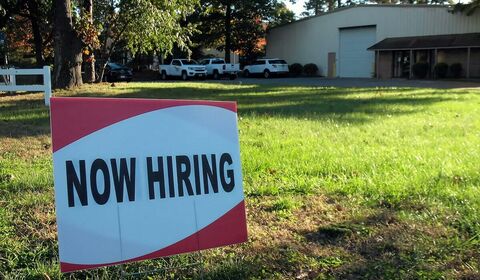Keeping your employees and customers safe
Are you keeping your staff and customers safe? We’ve got three top tips for keeping up with your health and safety procedures as a business owner.
Worldwide, there are around 340 million occupational accidents and 160 million victims of work-related illnesses annually. Those are worrying statistics for business owners. As an employer and an owner, you have a responsibility to keep your people safe – and the potential fallout from failing to do this can be significant.
If an employee or customer were to be injured while on your premises, the outcome is not great.
The company could well face:
- Expensive and time-consuming legal cases,
- Costly compensation payments to the injured party
- Negative reputational impact from the media and social media reporting re the accident.
And of course, there’s the ethical implications of not having taken care of your stakeholders – and the upset, worry, stress and long-term health implications for the person that’s injured.
1. Your duty of care to your employees
As a business owner or director, you have a duty of care to your employees to keep them safe and healthy at work. This includes providing a safe work environment, providing adequate training and monitoring their safety and well-being on an ongoing basis.
Specific examples of your duty of care to your employees include providing:
- Safe and well-maintained machinery and equipment
- A safe and healthy work environment, free from hazards
- Adequate training on how to use machinery and equipment safely
- Training on health and safety procedures
- Monitoring the health and safety of your employees
- Support to employees who have been injured or become ill at work
- Taking out the relevant liability insurance in case of staff injuries.
2. Your duty of care to your customers
You also have a duty of care to your customers to keep them safe when they visit your physical shops and office spaces. This includes providing a safe environment, thinking about accessibility and making sure your premises are reviewed for safety on a regular basis.
These customer concerns can include:
- Providing safe premises that are hazard-free and maintained to a high standard
- Taking steps to prevent crime, such as installing CCTV and hiring security guards
- Ensuring that differently-abled people can access the premises safely
- Providing adequate training to staff on how to deal with emergencies
- Taking out the relevant public liability insurance in case of customer injuries
3. Your duty to provide relevant staff training and a continuity plan
Staff should get relevant training on health and safety procedures, so they’re on the ball with safety procedures and can do everything in their power to keep customers safe and free from danger. It’s also vital to have continuity plans in place in case of staff/customer injuries, criminal activity or unexpected emergencies and natural disasters.
To be on the ball with your training safety plans:
- Conduct regular risk assessments to identify and assess potential hazards
- Develop strategies and business procedures to mitigate any risks.
- Implement and maintain a health and safety management system.
- Provide your staff with the resources and support they need to work safely.
- Communicate your health and safety policies and procedures to all staff and customers.
- Monitor and improve the effectiveness of your health and safety measures.
Get your health & safety up to speed
By focusing on health and safety, you do the right thing for your staff, your customers, your suppliers, and everyone involved in your business. You protect your stakeholders and also protect the reputation and trust that people place in your brand.
Contact our team if you have worries or concerns
Get in touchRelated Articles

5 major challenges for the manufacturing sector
Discover 5 key Industry 4.0 challenges for modern manufacturers and how to update your strategy to stay competitive.
Read On
UK unemployment: opportunities for your small business
UK unemployment is rising - explore 4 flexible hiring options to help your business seize new talent opportunities.
Read On
Start Up Loan Scheme: getting your business off the ground
Founding a new business but struggling to access funding? A government-backed Start Up Loan may be the answer to your business funding prayers.
Read On